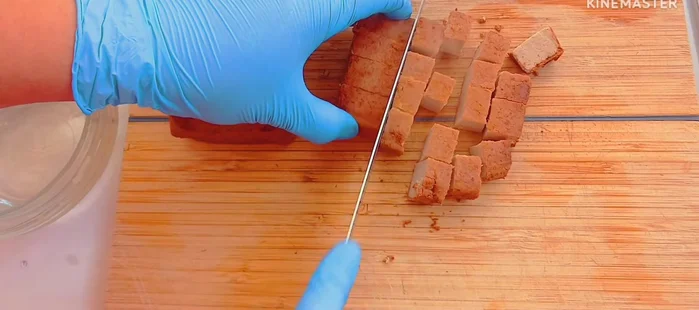Pad Thai, Thailand's national dish, is a symphony of sweet, sour, salty, and savory flavors that tantalizes the taste buds. This iconic noodle dish, typically made with rice noodles, is stir-fried with eggs, firm tofu, and your choice of protein, often shrimp or chicken. The vibrant colors and aromatic scents alone are enough to transport you to bustling Thai street markets. Its rich history and adaptable nature make it a beloved favorite worldwide, and mastering this recipe allows you to enjoy authentic Pad Thai anytime.
Beyond the simple ingredients, achieving that perfect balance of flavors is key to truly exceptional Pad Thai. This recipe unlocks the secrets to perfectly cooked noodles, a flavorful sauce, and the art of the perfect stir-fry. Ready to embark on a culinary adventure? Let's dive into the step-by-step process to create your own delicious Pad Thai.
Tools Needed
- Wok
- Grinder
Ingredients
- Rice noodles
- Peanuts
- Spring onion
- Tofu
- Eggs
- Shrimp
- Garlic
- Onion
- Pepper
- Bean sprouts
- Pad Thai sauce
- Chicken stock
- Fish sauce
- Oil
- Green peas
Step-by-Step Instructions
Step 1. Prepare Ingredients & Noodles
- Soak rice noodles in water for 15-20 minutes.
- Cut tofu into cubes (size to your preference).


Step 2. Stir-fry Aromatics and Proteins
- Add oil to the wok, fry tofu until crispy.
- Sauté garlic and onion until golden brown.
- Add shrimp and pepper, stir-fry briefly.
- Add tofu and bean sprouts to the wok, stir-fry.




Step 3. Combine Noodles and Sauce
- Add half of the Pad Thai sauce.
- Add the remaining half of the Pad Thai sauce.
- Add chicken stock (if needed) and fish sauce for flavor.
- Add rice noodles and stir well to combine with the sauce.




- Add the scrambled eggs back into the noodles.
- Add green peas, shrimp, and bean sprouts.
- Add spring onions for color and flavor.



Step 4. Cook the Eggs
- Scramble eggs and set aside.
- Heat oil in a wok and fry the scrambled eggs.


Read more: Vegan Pad Thai: Easy Restaurant-Quality Recipe at Home
Tips
- Make sure the noodles are fully submerged in water while soaking.
- Be careful when handling hot oil.
- Adjust the amount of Pad Thai sauce to your liking.
- Don't overcook the bean sprouts to maintain their crispness.
- Garnish with crushed peanuts and spring onions for added flavor and texture.
Nutrition
- N/A
FAQs
1. Can I use different noodles instead of rice noodles?
While rice noodles are traditional, you can experiment with other thin noodles like vermicelli or even spaghetti, but the texture will differ.
2. What if I don't have all the ingredients for the sauce?
Don't worry! You can adjust the sauce based on what you have. The key is the balance of sweet, sour, salty, and savory. Fish sauce is essential for that authentic taste, though.
3. How do I prevent my Pad Thai from becoming sticky or soggy?
Make sure your noodles are properly cooked but still have a slight bite. Stir-fry quickly over high heat and don't overcrowd the pan. Add a little oil if needed to prevent sticking.
With this recipe, you've unlocked the secrets to creating restaurant-quality Pad Thai in your own kitchen. Enjoy the satisfying flavors and the pride of crafting this beloved Thai dish from scratch. Now go forth and impress your friends and family with your newfound Pad Thai expertise!
